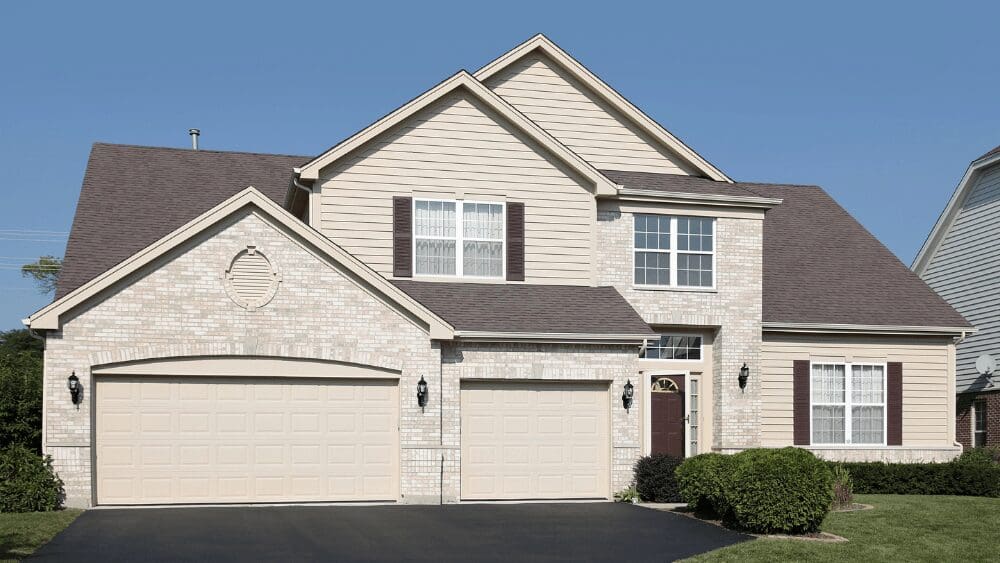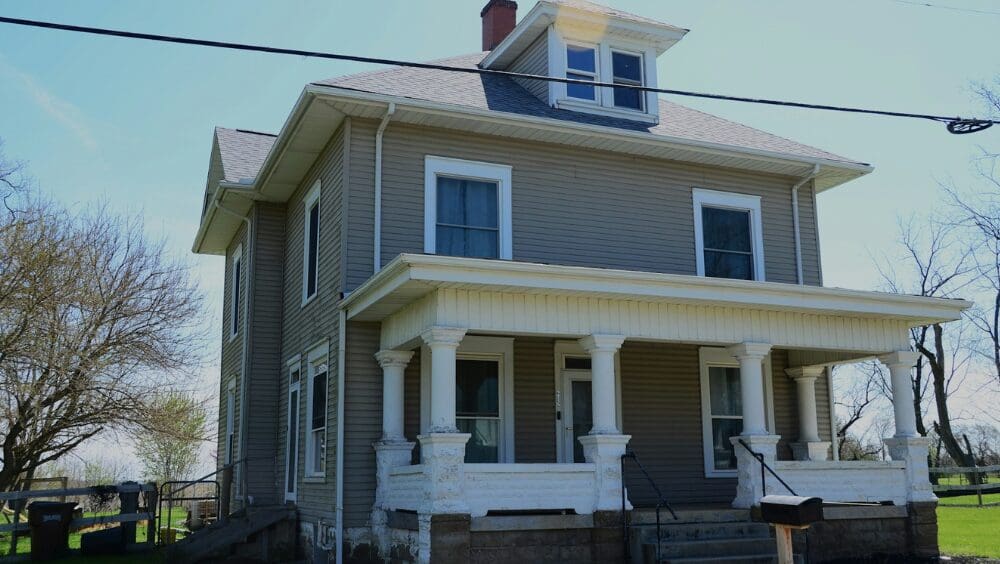
If you’re considering selling a house as is, you’ve likely sold a house before and still lose sleep over how the buyers haggled over every little imperfection. That, or you’ve heard horror stories about the seller who attracted a great offer only to get taken to the cleaners over the inspection. Anticipating this type of situation is what leads many sellers to say upfront, “Forget about asking me to make repairs. I’m selling this house as is.” When the inspector comes in and declares the old electrical panel a fire hazard (it’s operated just fine for years!) you need to protect your sale price from sinking. We get it. With the average buyer negotiating $14,000 in savings from the inspection, your concerns are valid. And selling “as is” can be an attractive option for sellers who either don’t have the money to make repairs or don’t want the hassle. However, as with everything in the world of real estate: it’s complicated. You don’t want to use the “as is” label as a fail-safe for dodging any negotiations — you’ll need to temper your expectations a bit. That said, it’s still a viable strategy if you go about it the right way. Here we’ve compiled the myths and risks about an “as is” sale so you don’t go in blind. Then, we’ve synthesized a simple 5-step plan for how to sell a house as is (your house isn’t perfect, but it’s worth a great price!) with the help of several real estate experts who’ve facilitated these deals time and again in their careers. Let’s say you decide to list your home as is. And a buyer makes an offer. The purchase contract will most likely still include an inspection contingency, which gives buyers a built-in window to walk away. It might go a little something like this. The inspector discovers a previously unknown issue with the roof. Under the inspection contingency, the buyer asks you to repair it (even though you listed as is). You counter, “No, I wanted to sell as is.” “The buyer still has the right to cancel the contract if they find something that’s not OK with the property,” says Edward Kaminsky, a real estate agent in Los Angeles with 33 years of experience. And the reality is, despite you putting your listing on the market in as-is condition, buyers may still ask you to fork over money for repairs. And that’s when you’ll face a tricky decision. If you have to go back on the market, you may have to sell for less money. So your agent may or may not advise you to fix the roof (or whatever the inspector happens to find) anyway. It often will make more sense to keep the buyer happy and the transaction moving forward. So, the truth about as is? In Kaminsky’s words, “It’s really just a posturing position,” he says. It’s not legally binding. That said, if you do decide that listing your property “as is” is the best option for you financially, here are a few things to consider. There are two routes to selling your home as is: selling with an agent on the open market and selling as is to a cash buyer. In the first scenario, it’s critical to find an experienced agent who has dealt with as-is sales before. They will be able to advise whether selling “as is” is genuinely the best option for you. Annette Cox, a top agent in Ohio who completes 19% more sales than the average agent in her area, explains that many sellers who come to her wanting to sell as is aren’t doing so for the right reasons. “A lot of times it’s not an issue. They’re like, ‘well, I don’t want to paint the garage,’” she says. Instead of listing the house as is and deterring buyers upfront — it often makes buyers assume there is a massive problem with the home — she advises a more cross-that-bridge-when-you-get-there approach. Get buyers in the door, and then once you receive an offer requesting you to paint the garage, your agent can have that conversation with the buyer’s agent. On the one hand, if you don’t list as is, you can open up your potential buyer pool. According to Kaminsky, buyers tend to feel more comfortable offering a higher price knowing they can ask for necessary repairs during the inspection phase (and you’re not saying upfront that you’re unwilling to work with them). Alternatively, you can find a cash buyer off-market where many investors and flippers prefer to buy homes. But that could, and most likely will, affect your price. “If the buyer has to go in there and build some sweat equity or they’re an investor looking for profit, they’re going to want to pay less,” Kaminsky says. Most sellers in this position, however, would like to still command a decent and fair price. To increase your chances of securing a solid offer, one option is to start your search for a direct real estate buyer on a platform like Simple Sale. Through Simple Sale, you gain access to the largest network of cash buyers in the United States. Rather than Google “sell my house for cash” and see who pops up in Google, with Simple Sale, HomeLight will match you with a cash buyer who historically purchases properties similar to yours in size, price range, and condition. This is critical because among an array of rental investors, flippers, and high-tech iBuyers, your house could be worth more to one than another. We work with all of these different buyer types so that we can serve a wide range of sellers. All you need to do is answer a few questions about your home, and we’ll actually introduce you to the highest bidder. If you’re happy with the offer, you can skip the home staging, showings, and (most likely) the bulk of that inspection haggling. This can be an especially ideal route if your home has significant issues that will impede the lender and bank’s ability to provide your buyers with a loan. Non-operational heating and plumbing systems are just a couple of examples that aren’t permitted under certain types of loans. If you’re choosing to sell as is because you already know about significant issues with the house you’re not willing or able to fix, you always have to disclose that information. “A lot of sellers say, ‘I’m selling it as is I don’t even want to talk about what I got going on here,'” says Kaminsky. But that’s not legal, plain and simple. Selling as is isn’t a loophole to avoid telling buyers your roof is leaking or the home needs all new plumbing. Most states have mandatory disclosures, and failing to disclose information is a big risk. “That can come back to bite the seller because if it’s proven that they did not disclose something they were fully aware of, they can be held liable after the close of escrow,” explains Kaminsky. In his eyes, sellers are better off scaring away a buyer than putting liability by their side by not disclosing. When in doubt, be honest. “The list price is a strategic decision you make based on the property and the condition you’re going to sell it in,” says Kaminsky. “But the actual sale price is dictated by the terms the seller is gonna set.” In other words, if you’re not willing to make repairs and you’re setting that boundary, it will affect your sale price. It’s one reason that Cox doesn’t recommend sellers sell as is unless it’s necessary. “If you wanna take ten or fifteen thousand of your house today and list, we can do that, but I don’t think that’s the way you should go about selling your house,” she says. Of course, exact dollar amounts depend on your local market and the comps in your neighborhood. The other pricing trap not to fall into — and the right agent will be able to advise on this — is assuming you should reduce your list price by the same amount repairs are estimated to cost. Just because your home needs a new $25,000 roof doesn’t mean that buyers can ask for an additional $25,000 off the list price if you’ve already strategically listed your home $50,000 below neighborhood value. The buyer doesn’t have grounds to demand an even lower list price when they already have $25,000 in equity. It’s just another reason to ensure you’re working with an experienced agent who can justify the list price when an offer comes in and a buyer starts to nickel and dime. If you’re selling as is on the open market when showings are necessary, cleanliness pays (quite literally). Homelight research has shown that deep cleaning, hauling out old junk and furniture, and cleaning carpets can result in up to 935% ROI. While you may not want to replace the furnace or upgrade old kitchen cabinets, cleaning and decluttering goes a long way toward attracting a bigger buyer pool when you’re standing strong with as is. “The minute you think you’re going to list your home, no matter what condition your home, before you do anything, call your agent,” says Cox. Because if there are projects you’re questioning before you list — even as is — you should know if they’re truly worth your money or not. She explains that sellers will often have a list of, say, 20 projects they often want to tackle before they list. She might take one look at that list and see 19 that won’t impact the home’s value. It’s always crucial to communicate with your agent, especially when dealing with an as-is listing. Bottom line: Explain what your priority is with the home. If it’s to get the most money, and you have some financial cushion to put some money into the property, selling as is may not be the best option for you (despite not wanting to deal with the hassle of negotiations). If you acquire a home worth $500,000 as is but could reach $700,000 with just $30,000 worth of repairs (and you have the money to do so), it’s hard to pass that up. Header Image Source: (Roger Starnes Sr / Unsplash)Misconceptions around selling ‘as is’
1. Find an experienced agent.
2. Consider finding a cash buyer.
3. Disclose, disclose, disclose.
4. Factor ‘as is’ into your price.
5. Don’t strike cleaning and decluttering from your to-do list.



